Scientists Need Your Sourdough to Solve a Microbial Mystery
For North Carolina researchers, every starter is more data.
There’s something a little magical about sourdough. You mix flour and water, and in just a week or two, you have a starter that’s bubbling with invisible life.
Humans have taken advantage of naturally occurring yeasts and bacteria to bake bread for thousands of years, yet we still know relatively little about these organisms. Do they come from the flour we use, or do they come from the water or the air or the bakers’ hands? How do different microbes affect the bread’s texture and taste? And why do some starters thrive while others turn into moldy sludge?
To help answer these questions, researchers at North Carolina State University’s Public Science Lab asked home bakers to send them their sourdough starters, or observations about them. Many other groups have researched sourdough microbes, says microbial ecologist Erin McKenney, but the crowdsourced aspect of their Science of Sourdough project contrasts with other initiatives’ lab-grown specimens.
“It’s not clear if their findings are directly relevant to what bakers are doing in their homes or in their bakeries,” says McKenney.

In an earlier phase of the project, which launched in 2017, more than 500 citizen scientists from Alaska to New Zealand sent in sourdough-starter samples. “You don’t go to the zoo to find out the true nature of wildlife,” says McKenney. “We wanted to study these microbes in their natural habitat.” Enlisting the help of citizen scientists also allows the team, which is led by Rob Dunn, to access larger data sets. “I’ve taken care of 24 sourdough starters at a time,” McKenney says. “I can’t imagine how long it would take to grow 500.”
Even though their research questions seem straightforward, the answers are often complicated or elusive. For example, the team has identified many species of bacteria and fungi present in sourdough starters. But the function of most of these microbes—whether they help the starter grow or improve the flavor, or are they just along for the ride—is still unknown.
While making new discoveries is an important part of the project, McKenney says that engaging members of the public is also a key component. She is especially interested in making microbiology more accessible to students.
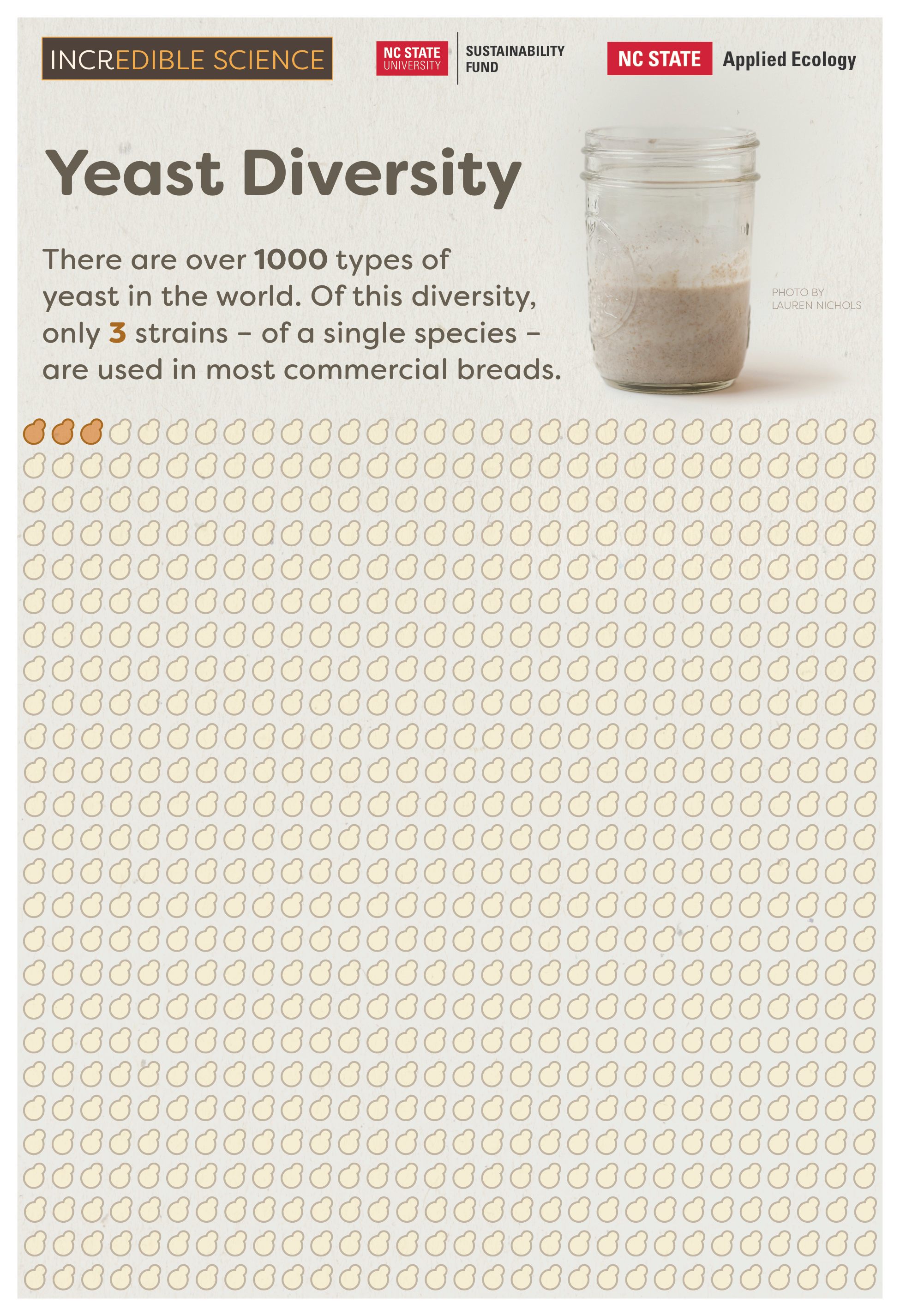
Last year, hundreds of middle-school students in North Carolina participated in the Science of Sourdough project. “It got the students thinking about science and microbes without having to have access to fancy lab equipment,” says McKenney. “One of the great beauties of this particular system is that you can learn about microbial ecology in a way that’s personally engaging and relevant.” Even when people can’t see the microbes, they can observe the gas bubbles they produce and appreciate how they influence the flavor and texture of bread.
The Science of Sourdough’s Facebook group has more than 1,800 members, who share their experiments and seek advice, offer encouragement, brag about successes, and commiserate over failures. “They’re also so keenly interested in what we’re finding, and they offer us new ways to think about sourdough,” says McKenney. In an earlier phase of the project, participants’ questions about why their starters failed led the scientists to realize there had been little scientific research on the topic.
In the current phase of the project, McKenney, Dunn, and the team want to figure out how the type of flour, the part of the world the baker is in, and the site where the starter is stored (inside or outside) impact how starters grow. Which factors determine if the starter rises quickly or slowly? Do these factors determine if the starter will be a bubble-less failure or a success that makes tasty bread? Do they impact what the starter smells like?
With yeast hard to find in stores—due to the quarantine-fueled interest in baking bread—there’s no time like the present to get started with sourdough and contribute to the Science of Sourdough project.

Getting started is easy: All you need to do is mix some flour and water together in a jar, then feed your starter with more flour once a day for 14 days. (Or more often if the microbes are extra hungry!) By reporting to the Public Science Lab how much and how fast your starter rises, as well as what it smells like (yeasty? fruity? earthy?), you’ll contribute to their research and be ready to bake your own bread. (And even if your starter fails, your data will still be valuable.) Naming your starter Betsy, JarJar, or Joan of Starch, like members of the Sourdough for Science Facebook group, is optional. You can review the Public Science Lab’s full instructions here.
The project has been incredibly popular so far, McKenney says, garnering submissions from about 1,200 people since the project’s launch on April 16. Perhaps this is unsurprising given the surging interest in sourdough. But the Science of Sourdough project is also a reminder that you don’t have to go to the moon or the deep ocean to make scientific discoveries: Your own kitchen is the site of a millennia-old mystery of how microbes help humans turn water and flour into bread.
Gastro Obscura covers the world’s most wondrous food and drink.
Sign up for our regular newsletter.






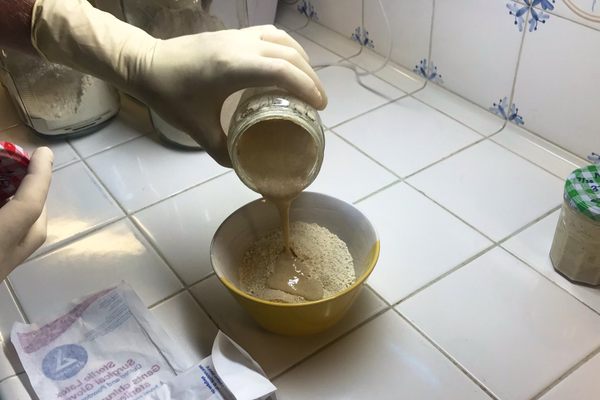

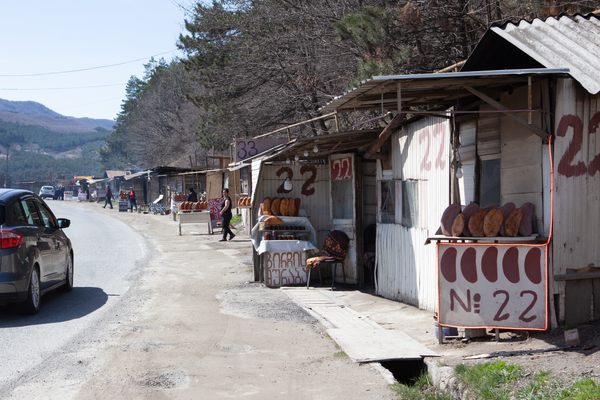


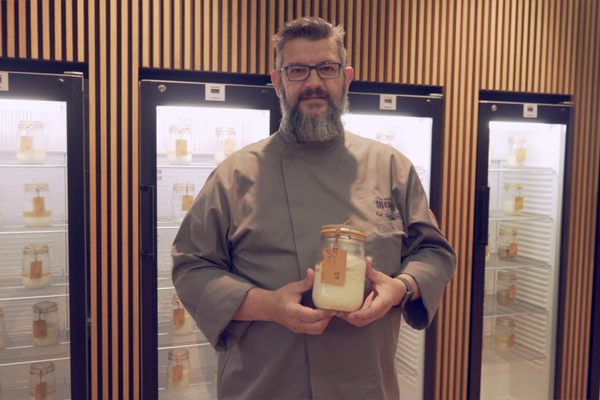

















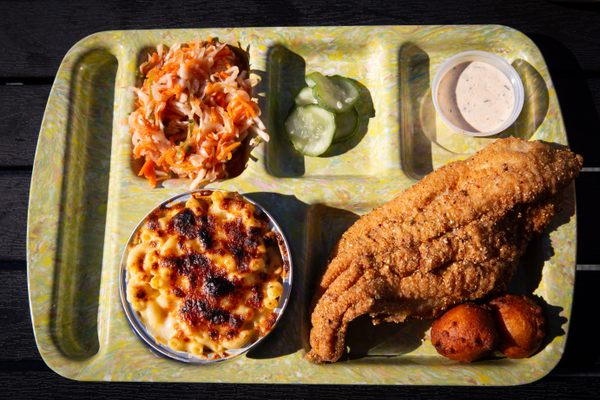
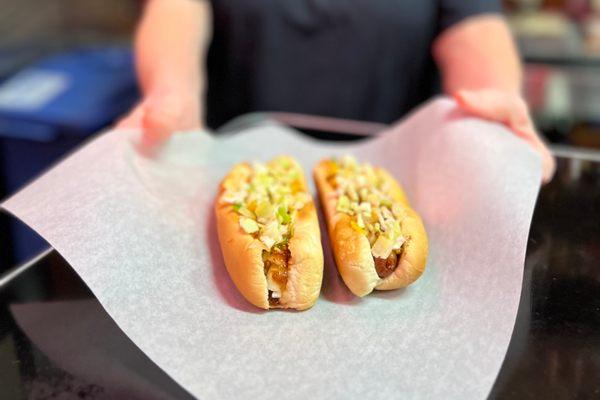


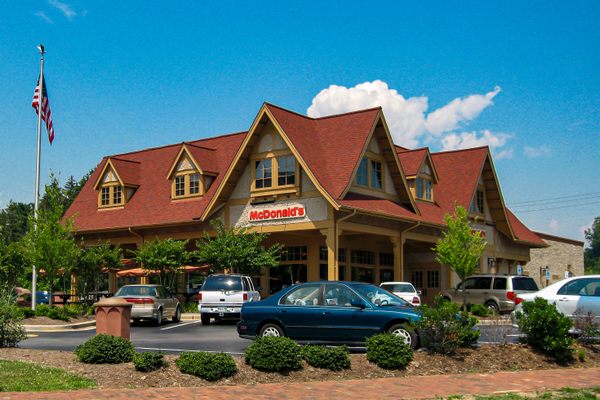


Follow us on Twitter to get the latest on the world's hidden wonders.
Like us on Facebook to get the latest on the world's hidden wonders.
Follow us on Twitter Like us on Facebook